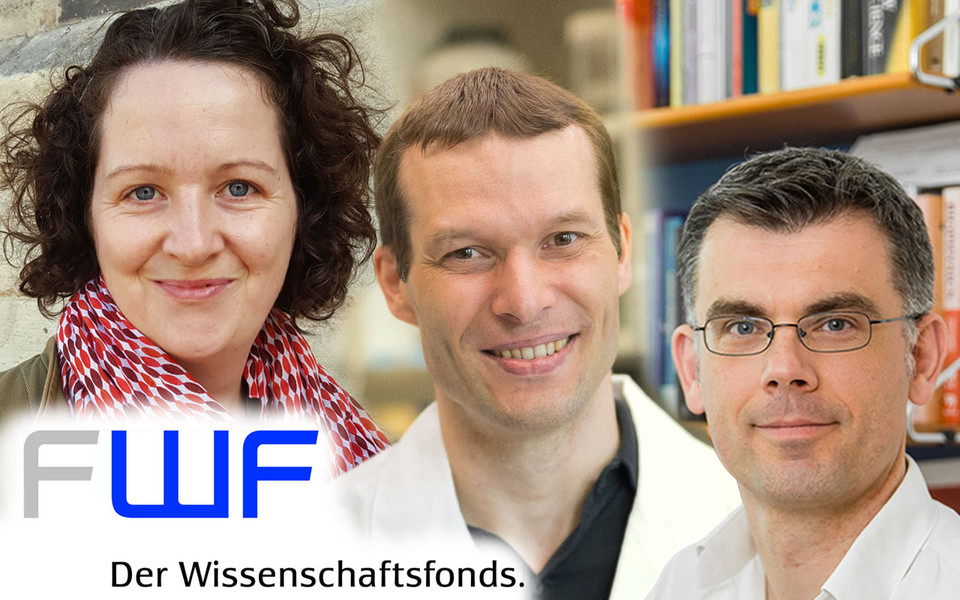
Christa Bücker’s project will focus on enhancers - short genomic elements that control precise gene expression from a distance. When and how these enhancers are activated and how multiple enhancer elements work together, remains a mystery the Bücker lab will try to solve. “We have identified a cluster of enhancers that controls the expression of the Fgf5 gene during early embryonic development. With the stand-alone grant, we will determine when and how single elements are activated, how one enhancer element might affect the activity of the neighboring elements and, ultimately, how all of them together lead to the correct spatio-temporal expression of Fgf5”, says Christa Bücker.
Alexander Dammermann will work on identifying novel ciliogenesis factors. Cilia are cellular projections which perform important sensory and motile functions in eukaryotic cells. Defects in cilia function are associated with a range of developmental and adult disorders collectively termed ciliopathies. “In this project, we are using a combination of bioinformatics and reverse genetics in the fruit fly Drosophila melanogaster and the nematode worm C. elegans to identify and characterize novel players involved in the assembly of this clinically important organelle”, says Alexander Dammermann.
Bojan Zagrovic’s project concerns the computational investigation of interactions between unstructured RNA and protein molecules. “The project is based on our recent identification of a robust physico-chemical complementarity between mRNAs and the proteins they encode at the level of primary sequence composition. In the project, we will attempt to connect this basic finding with a wider context of cellular interaction networks”, says Bojan Zagrovic.